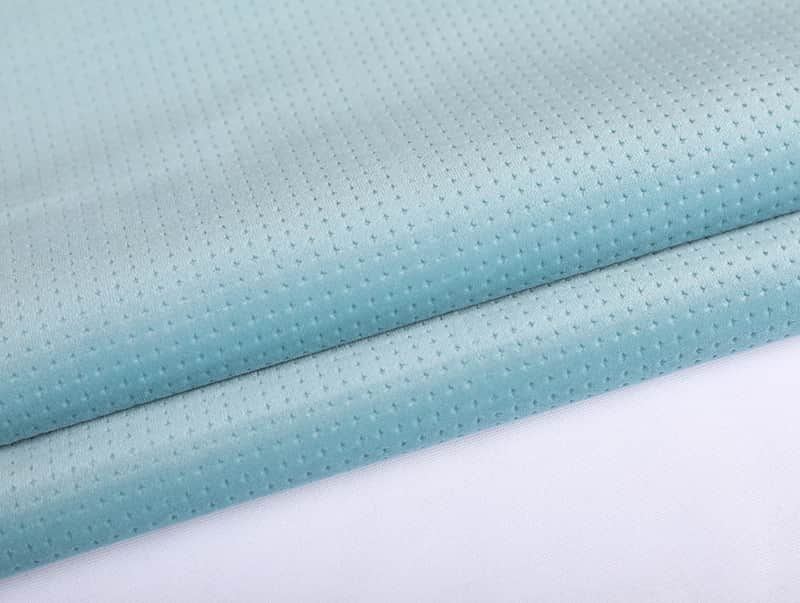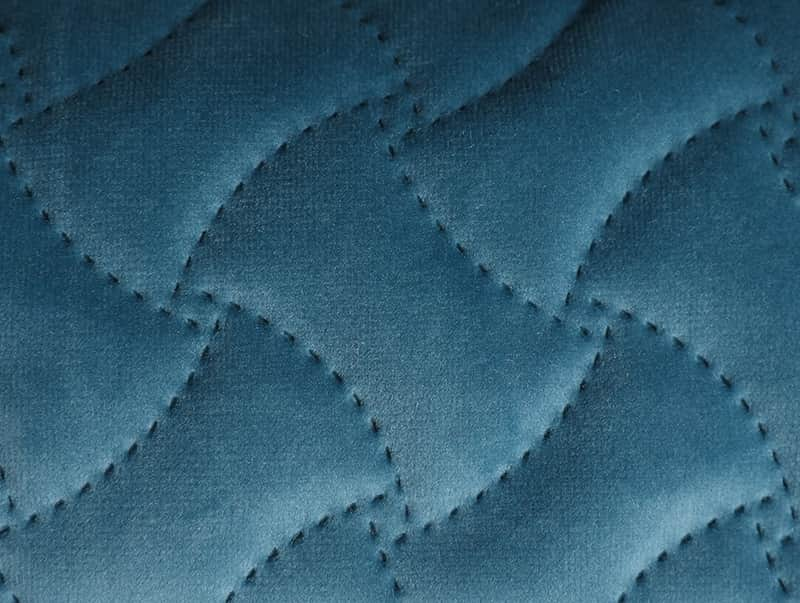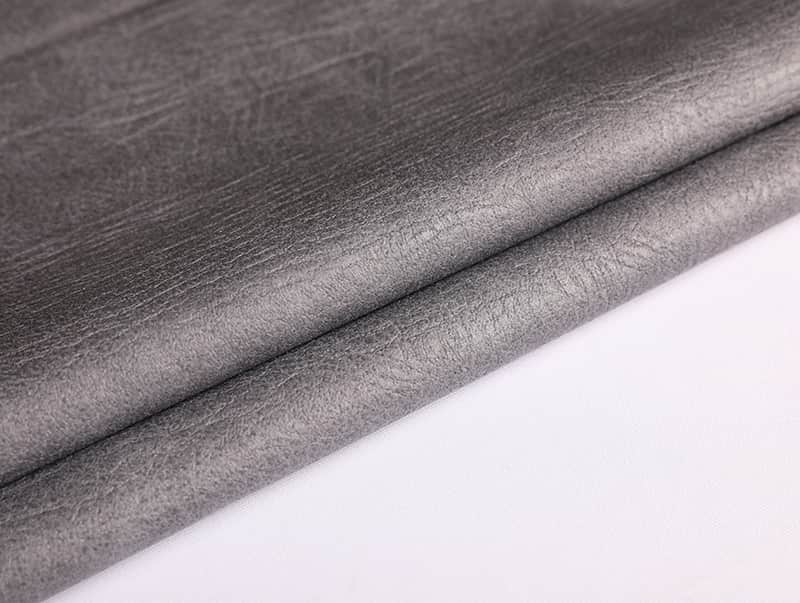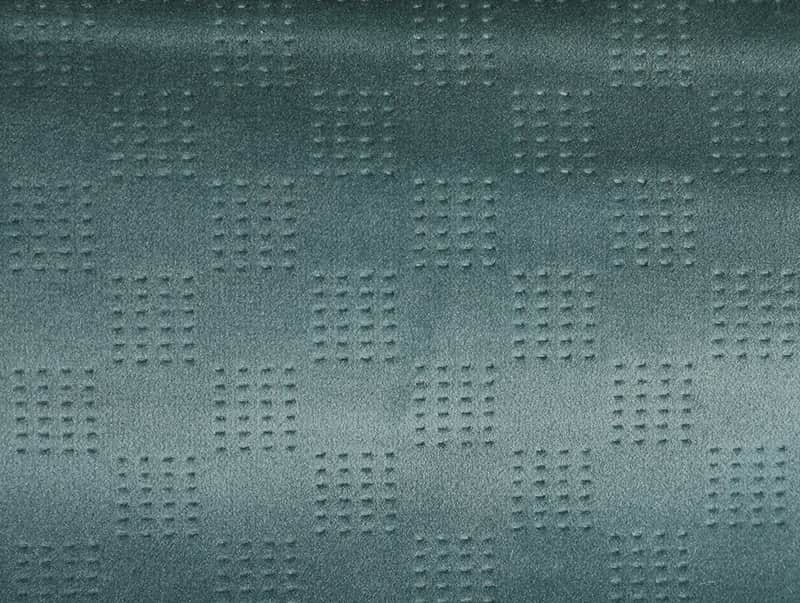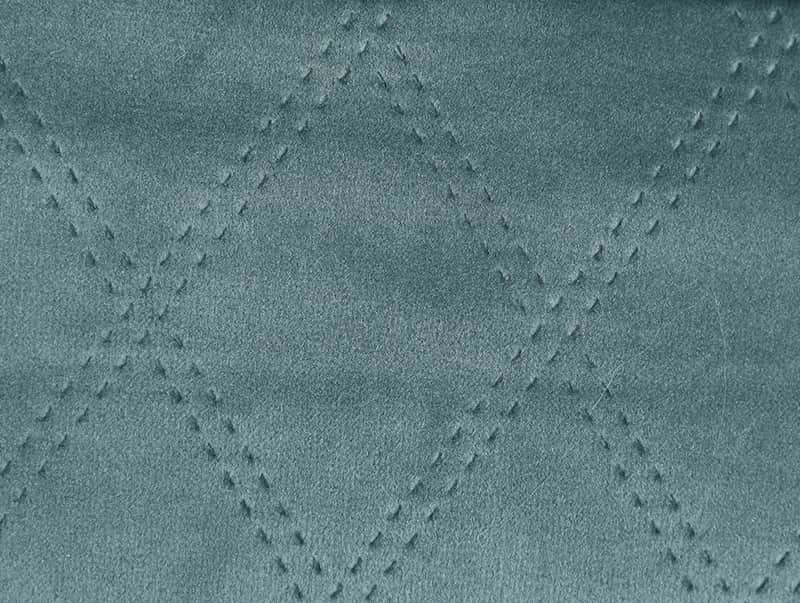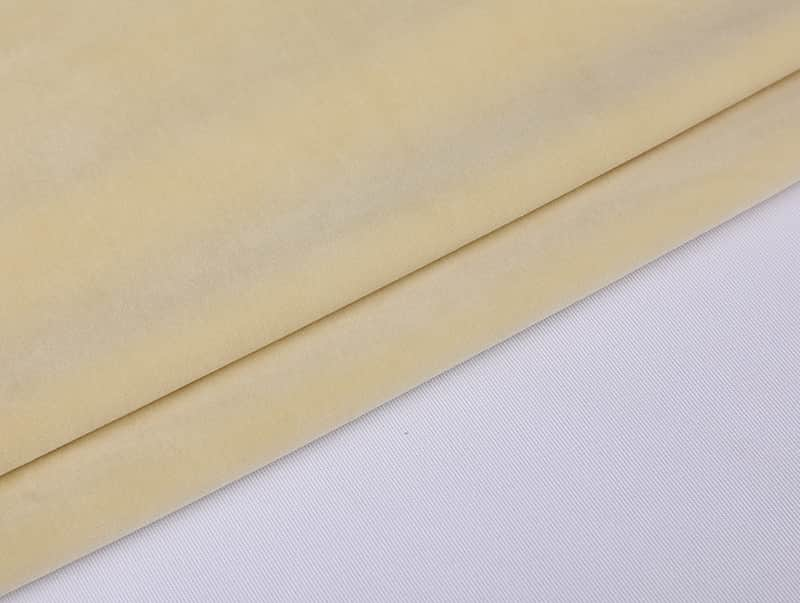Warp knitting fabrics are widely used in the apparel industry due to their unique properties, which make them particularly suitable for certain types of garments. Below is a detailed breakdown of the most common applications of warp knitting fabrics in apparel and the reasons why this method is preferred for these uses:
Lingerie
Applications : Warp knitting fabrics are extensively used in lingerie, including bras, panties, shapewear, and bodysuits.
Why Warp Knitting is Preferred :
Stretch and Recovery : Warp-knitted fabrics often incorporate elastic fibers like spandex (elastane), providing excellent stretch and recovery. This ensures a snug, comfortable fit that conforms to the body without losing shape over time.
Smooth Surface : Warp knitting produces fabrics with a smooth, even surface, which is ideal for creating sleek, form-fitting lingerie that feels soft against the skin.
Durability : The fabric's high tensile strength and resistance to runs or ladders make it durable enough for frequent wear and washing.
Swimwear
Applications : Warp knitting fabrics are commonly used in swimsuits, bikinis, and other swimwear.
Why Warp Knitting is Preferred :
Chlorine Resistance : Many warp-knitted fabrics are treated or made with fibers (e.g., polyester or nylon) that resist degradation from chlorine and saltwater, ensuring longevity in harsh aquatic environments.
Shape Retention : The inherent elasticity and dimensional stability of warp-knitted fabrics help maintain the garment's shape, even after repeated stretching and exposure to water.
Quick Drying : Warp-knitted fabrics are often lightweight and breathable, allowing them to dry quickly, which is essential for swimwear comfort.
UV Protection : Some warp-knitted fabrics are engineered with UV-resistant properties, offering additional protection for outdoor swimmers.
Sportswear
Applications : Warp knitting fabrics are used in activewear such as leggings, sports bras, compression garments, and performance tops.
Why Warp Knitting is Preferred :
Moisture Management : Warp-knitted fabrics can be designed with moisture-wicking properties to keep athletes dry and comfortable during intense physical activity.
Compression and Support : The controlled elasticity of warp-knitted fabrics provides targeted compression, which enhances muscle support, reduces fatigue, and improves athletic performance.
Breathability : The open structure of some warp-knitted fabrics allows for excellent airflow, keeping the wearer cool during workouts.
Durability : Sportswear undergoes significant stress, including stretching, abrasion, and frequent washing. Warp-knitted fabrics are highly durable and resistant to pilling, making them ideal for this application.
Shapewear
Applications : Warp knitting fabrics are used in shapewear products like control briefs, waist cinchers, and body shapers.
Why Warp Knitting is Preferred :
High Elasticity : Warp-knitted fabrics provide consistent, all-around stretch, which is essential for creating garments that smooth and contour the body.
Comfort : Despite their shaping capabilities, warp-knitted fabrics remain soft and flexible, ensuring they do not dig into the skin or cause discomfort.
Figure-Hugging Fit : The fabric’s ability to mold to the body while maintaining its shape makes it perfect for creating flattering silhouettes.
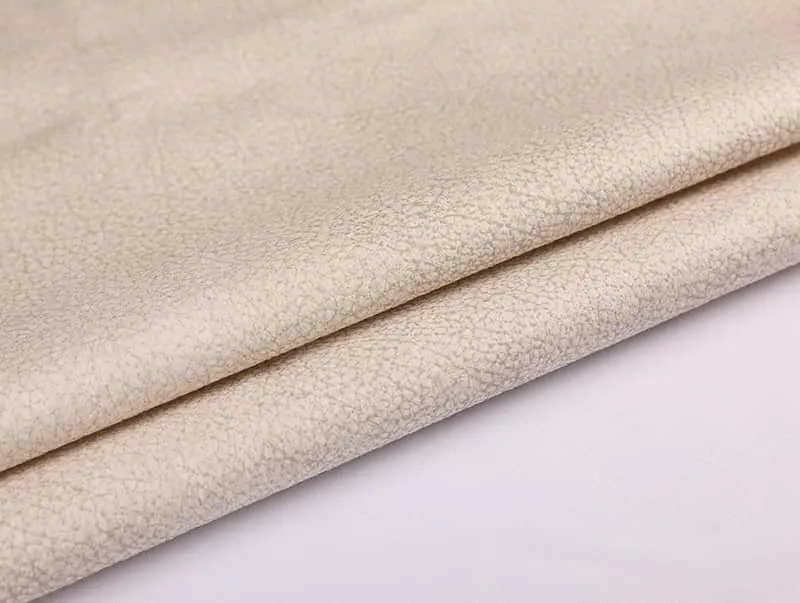
Outerwear and Performance Apparel
Applications : Warp knitting fabrics are used in lightweight outerwear, windbreakers, and performance jackets.
Why Warp Knitting is Preferred :
Weather Resistance : Warp-knitted fabrics can be laminated or coated to provide water resistance, windproofing, or thermal insulation, making them suitable for outdoor gear.
Lightweight Construction : The fabric’s thin profile and flexibility make it ideal for layering without adding bulk.
Abrasion Resistance : Warp-knitted fabrics are robust and resistant to wear, which is crucial for outerwear exposed to harsh conditions.
Medical and Compression Garments
Applications : Warp knitting fabrics are used in medical textiles such as compression stockings, bandages, and orthopedic supports.
Why Warp Knitting is Preferred :
Precision Compression : Warp knitting allows for precise control over the fabric’s elasticity, enabling manufacturers to create garments with graduated compression that improves blood circulation.
Comfort and Fit : The fabric’s softness and breathability ensure patient comfort, even during prolonged use.
Customizable Properties : Warp knitting enables the creation of fabrics with varying levels of stretch and density, tailored to specific medical needs.
Fashion Apparel
Applications : Warp knitting fabrics are used in fashion-forward garments like dresses, skirts, and evening gowns.
Why Warp Knitting is Preferred :
Drape and Texture : Warp-knitted fabrics offer excellent drape and can be engineered with intricate textures or patterns, adding visual interest to fashion designs.
Versatility : The process allows for a wide range of finishes, from sheer and delicate to structured and bold, catering to diverse fashion trends.
Seamless Construction : Some warp-knitted fabrics can be produced in seamless designs, reducing bulk and enhancing comfort in fitted garments.
Activewear Accessories
Applications : Warp knitting fabrics are used in accessories like headbands, wristbands, and socks.
Why Warp Knitting is Preferred :
Elasticity and Fit : These accessories require a snug fit, which warp-knitted fabrics deliver through their natural stretch and recovery.
Moisture Management : Fabrics with moisture-wicking properties keep sweat away from the skin, enhancing comfort during exercise.
Durability : Accessories are subject to frequent stretching and washing, and warp-knitted fabrics excel in maintaining their integrity over time.




